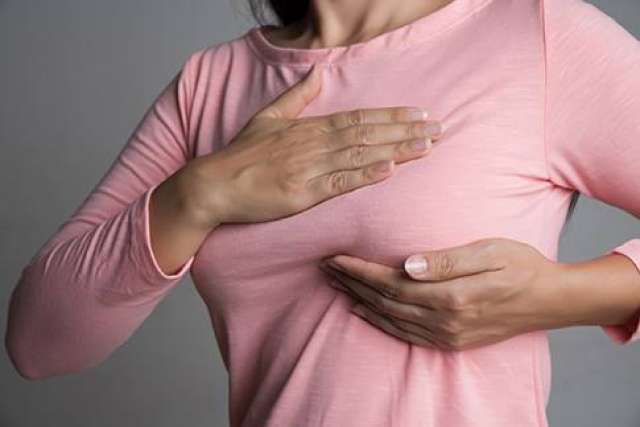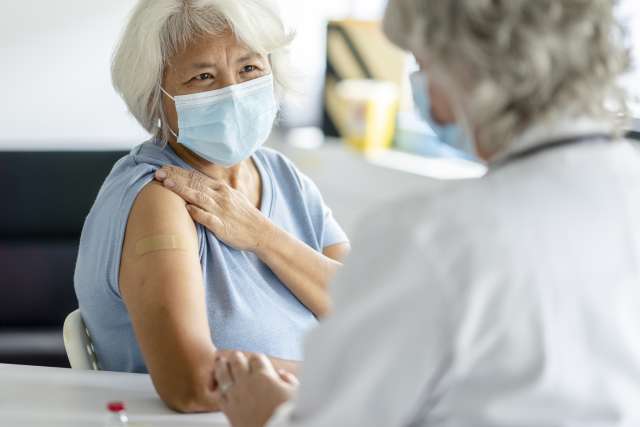Dear Doctors: I faceplanted while ice skating and got a big bruise on my chest. The skin on that part of my breast got puckered up, and my mom kind of freaked. She says it can be a symptom of breast cancer. Is that true? Should I be worried? The bruise and the puckering are both gone now.
Dear Reader: When someone develops breast cancer, it means that some of the cells within the breast have become abnormal and are growing out of control. This often causes changes in the breast that can be felt or seen. The most common, which many women are familiar with, is a lump or a thickening. It may occur within the breast tissue or in the area of the armpit. Additional symptoms of breast cancer include changes to the appearance of the nipples, discharge from a nipple, an increase in the size of a breast, a sensation of heat within the breast and unexplained pain. And, yes, your mother is correct that certain changes to the surface of the breast can also be an indicator of cancer. This includes skin that becomes dimpled, rippled or puckered.
These changes to the appearance of the breast occur because as the cancer cells multiply, they distort the natural architecture of the breast tissue. The growth of a tumor within the breast may pull at the tissue above it, which can cause the skin to dimple. A tumor growing close to the surface of the breast may cause the skin above it to ripple. A rare form of breast cancer, which occurs in the cells of the milk ducts, can also cause dimpled skin. All of this makes it important for women who do a regular breast self-exam to include a visual assessment of any physical changes.
Another possible cause of puckered or dimpled skin on the breast is something known as a breast hematoma. The word “hematoma” refers to an area where blood has pooled and then clotted. It’s typically due to the presence of broken or damaged blood vessels. This can occur as a result of physical injury, and it can also be a side effect of surgery.
A breast hematoma can form a lump that is palpable below the skin. It can also exert the same type of tugging pressure as a tumor, and thus cause the skin above it to pucker, ripple or become dimpled. However, the lumps formed by breast hematomas are not cancerous.
In most cases, the body’s natural processes will heal the damaged walls of the blood vessels and prevent additional blood from pooling. Meanwhile, certain cells in the immune system will break down and carry away the dead blood cells and other debris.

Just as it takes time for a bruise to vanish, a breast hematoma will often gradually resolve. Because the dimpling on your breast appeared in the area of your injury and disappeared as the bruised area healed, it has the hallmarks of a breast hematoma. But if the dimpling persists, or you are concerned, seek guidance from your health care provider.
(Send your questions to [email protected], or write: Ask the Doctors, c/o UCLA Health Sciences Media Relations, 10960 Wilshire Blvd., Suite 1955, Los Angeles, CA, 90024. Owing to the volume of mail, personal replies cannot be provided.)





